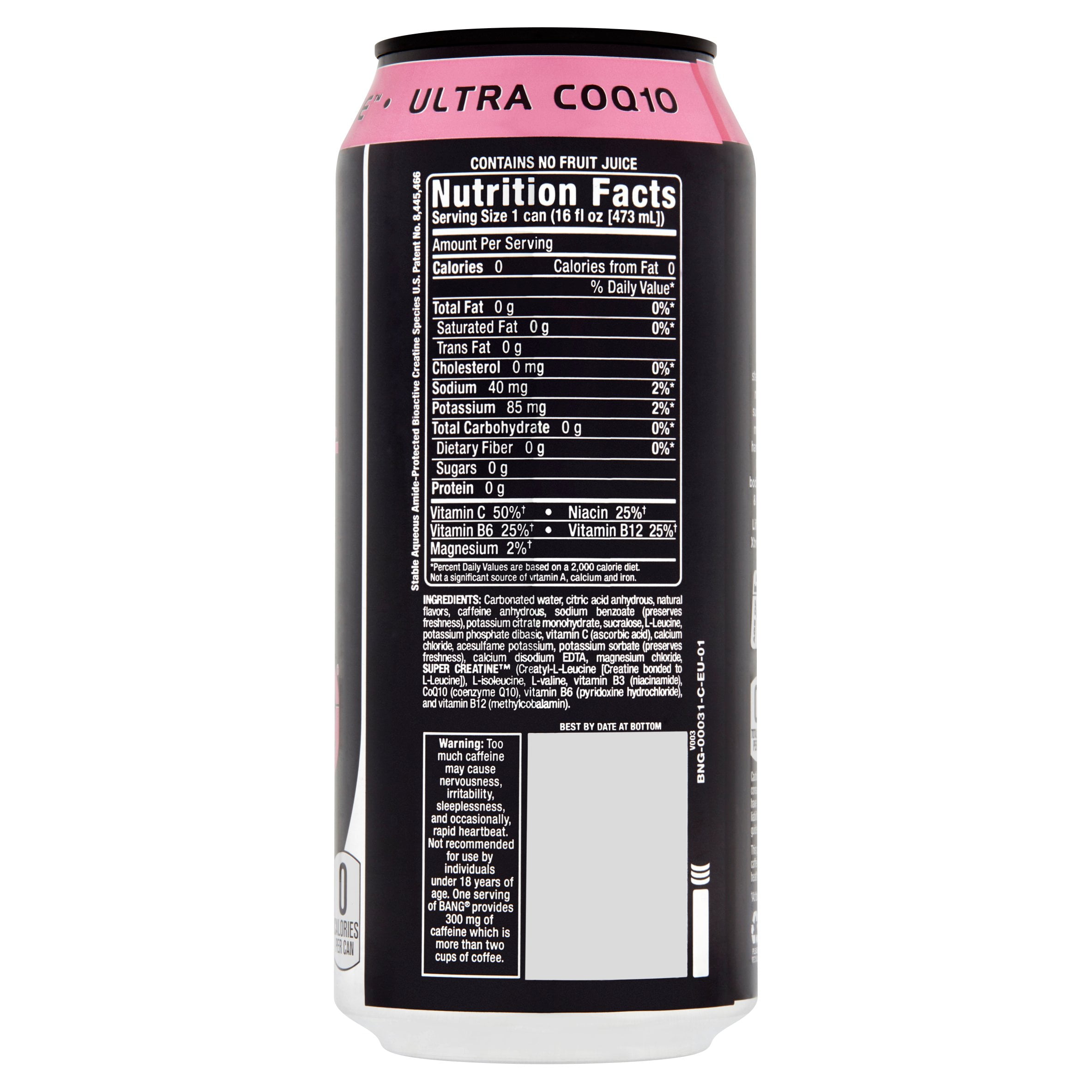
in 2007, nearly half occurred in children under the age of 19.
REDLINE ENERGY DRINK SIDE EFFECTS FREE
GET YOUR FREE CASE CONSULTATION > Energy Drink Side EffectsĪccording to the Pediatrics study, energy drinks like Red Bull are consumed by an estimated 30 to 50% of adolescents and young adults. Protein aids in insulin production, and insulin has a tangible energizing effect. The problem is that these shots pack all the punch of their full-size counterparts in just a couple of ounces, and many consumers find themselves drinking more than one at a time to keep themselves satiated.ĭon’t want the caffeine? Just grab a protein-rich snack like a handful of almonds or peanuts before you go. The false promise of hours of energy with just a few sips. So what’s the allure of a downsized energy drink? Last year, Americans spent nearly $1.5 billion on dietary supplements - more than 17 times the $73 billion they spent in 2006. The energy trend is moving away from grande lattes and super-sized cans toward shrinking micro drinks. Popular drinks such as Hydrive and 5-Hour Energy now have decaf options. First it was sugar, and now it’s caffeine.

Over the years, a number of drink makers like Red Bull have become increasingly clever in their sales pitch - they take out an ingredient receiving negative publicity, and then market the product as a ‘healthier’ alternative to the original. According to a Mintel survey, sales of energy drink products have more than doubled in recent years, with 35% of men ages 18 to 24 drinking them on a regular basis. Don’t be fooled by their claims.Īmerican culture is currently suffering from an energy crisis of a different kind: We’re consuming these products at staggering rates, yet we’re lazier and more lethargic than ever. But crafty drink makers have found increasingly creative ways to quench the public’s seemingly-endless thirst for energy. The relative ineffectiveness of beverages containing taurine and guarana has been known for years. After Red Bull became wildly successful with young people around the country, a number of energy drink companies such as Pepsi and Coca Cola attempted to capitalize on the trend with beverages of their own.Īlthough marketed as a quick and delicious way to get your amp on, an average energy drink like Red Bull gives you less of a kick than a cup of black coffee.

market in 1997 that the phenomenon really started to take off.

A Brief History of Energy DrinksĪlthough energy drinks marketed as alternatives to coffee have been around since the late eighties, it wasn’t until Red Bull hit the U.S.

The researchers recommended that additional studies be conducted focusing on identifying the potential long-term side effects, and that the sale and regulation of such products by convenience stores should be based upon comprehensive analysis. In the short-term, pediatricians need to be aware of the possible effects in vulnerable populations and screen for consumption to educate families.” “The known and unknown pharmacology of agents included in such drinks, combined with reports of caffeine toxicity, raises concern for potentially serious adverse effects in association with energy-drink use. Start My Free Case Review What's the Problem?Ī study published in the medical journal Pediatrics in February 2011 found that energy drinks have little to no real therapeutic benefit, and that many of their ingredients are unregulated and/or understudied. Please click the button below for a Free Confidential Case Evaluation or call our personal injury lawyers toll-free 24 hrs/day by dialing (866) 588-0600. You may be entitled to compensation by filing a deceptive advertising class action lawsuit and we can help. If you or a loved one has been injured, you should contact our law firm immediately for a free case evaluation.


 0 kommentar(er)
0 kommentar(er)
